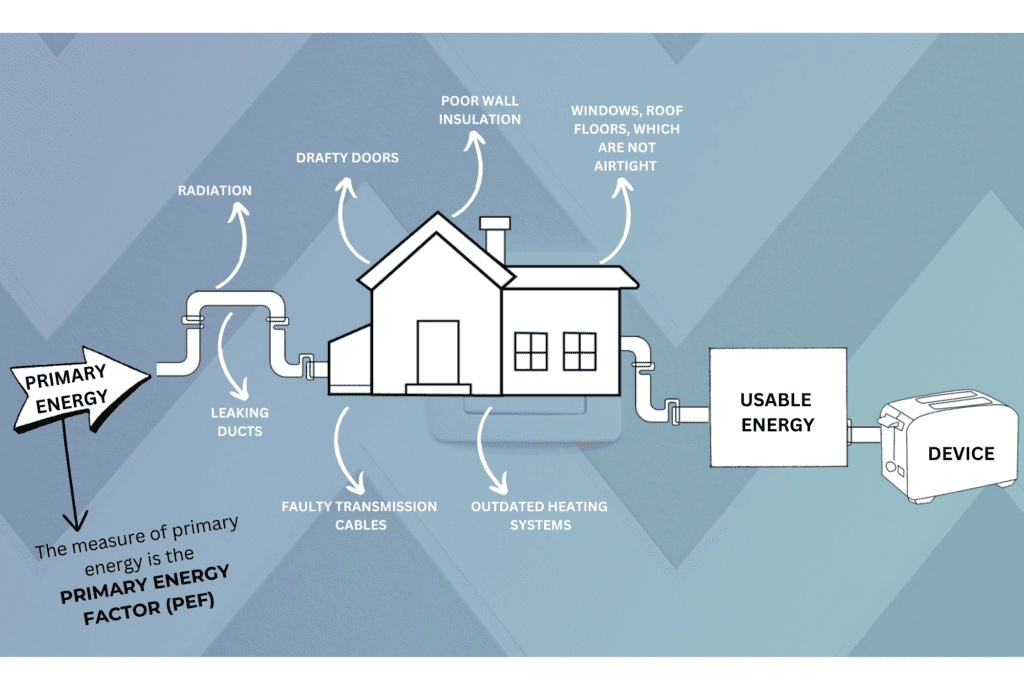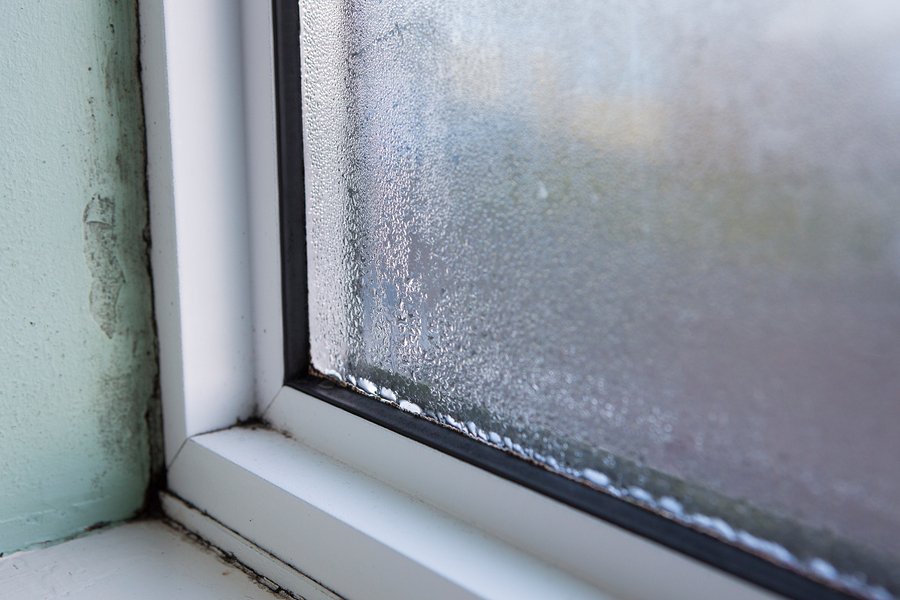One concept that helps to understand the impact of energy saving measures is the Primary Energy Factor. It is closely linked with the topic of energy vulnerability for various reasons.
The Primary Energy Factor (PEF) is a measure used to estimate the amount of primary energy that is required to produce a unit of usable energy. It takes into account the energy losses that occur during the generation, transmission, and distribution of energy.
For example, if a household uses electricity for heating, the PEF takes into account the amount of primary energy that was required to generate the electricity, as well as the energy losses that occurred during the transmission and distribution of that electricity. This can be a useful concept when considering the environmental impact of energy consumption, as well as the costs associated with energy production and distribution.
In the context of energy vulnerable households, understanding the PEF can be important for identifying opportunities to reduce energy consumption and increase energy efficiency. By implementing measures that reduce energy losses, such as improving insulation or using more efficient appliances, households can reduce their overall energy consumption and potentially save money on their energy bills.

What the PEF can tell about energy poverty
The PEF and energy poverty are related because households experiencing energy poverty often have a higher PEF than households that are not experiencing energy poverty. This is because energy poor households tend to live in homes that are poorly insulated and have outdated or inefficient heating systems, which leads to higher energy losses and a higher PEF.
Furthermore, energy poor households usually have limited financial resources to invest in energy efficiency measures or to pay for high energy bills. This can create a vicious cycle where energy poor households are unable to invest in energy efficiency measures that would reduce their PEF and lower their energy bills.
The EnergyMeasures project supports energy poor households with tailored measures that aim to break this cycle by providing households with consultancy, counseling, and small-scale measures that can help them reduce their energy consumption and improve the energy efficiency of their homes. By doing so, the project can help households reduce their PEF and save money on their energy bills, thereby reducing the impact of energy poverty on their lives.
But then, there are also rebound effects
Rebound effects can come into play when households adopt energy efficiency measures. The rebound effect refers to the phenomenon where the energy savings from a given efficiency measure are partially offset by increases in energy consumption that result from changes in behavior or the adoption of new energy-consuming technologies.
For example, if a household installs energy-efficient light bulbs, they may be more likely to leave the lights on for longer periods of time, offsetting some of the energy savings realized from the energy-efficient bulbs in the first place. Similarly, if a household installs a more efficient heating system, they may be more likely to keep their home at a warmer temperature, again offsetting some of the energy savings that would have been realized from the more efficient heating system.
In the context of energy poor households, rebound effects can be an important consideration when implementing energy efficiency measures. If rebound effects are not taken into account, the expected energy savings from the measures may be overestimated, potentially leading to disappointment or even abandonment of the measures by the households.
Therefore, it is important for EnergyMeasures to provide households with information and education on how to use energy efficiently and to ensure that the measures are tailored to the specific needs and behaviors of each household. By doing so, the project can help minimize rebound effects and maximize the energy and cost savings that can be achieved by the households.
